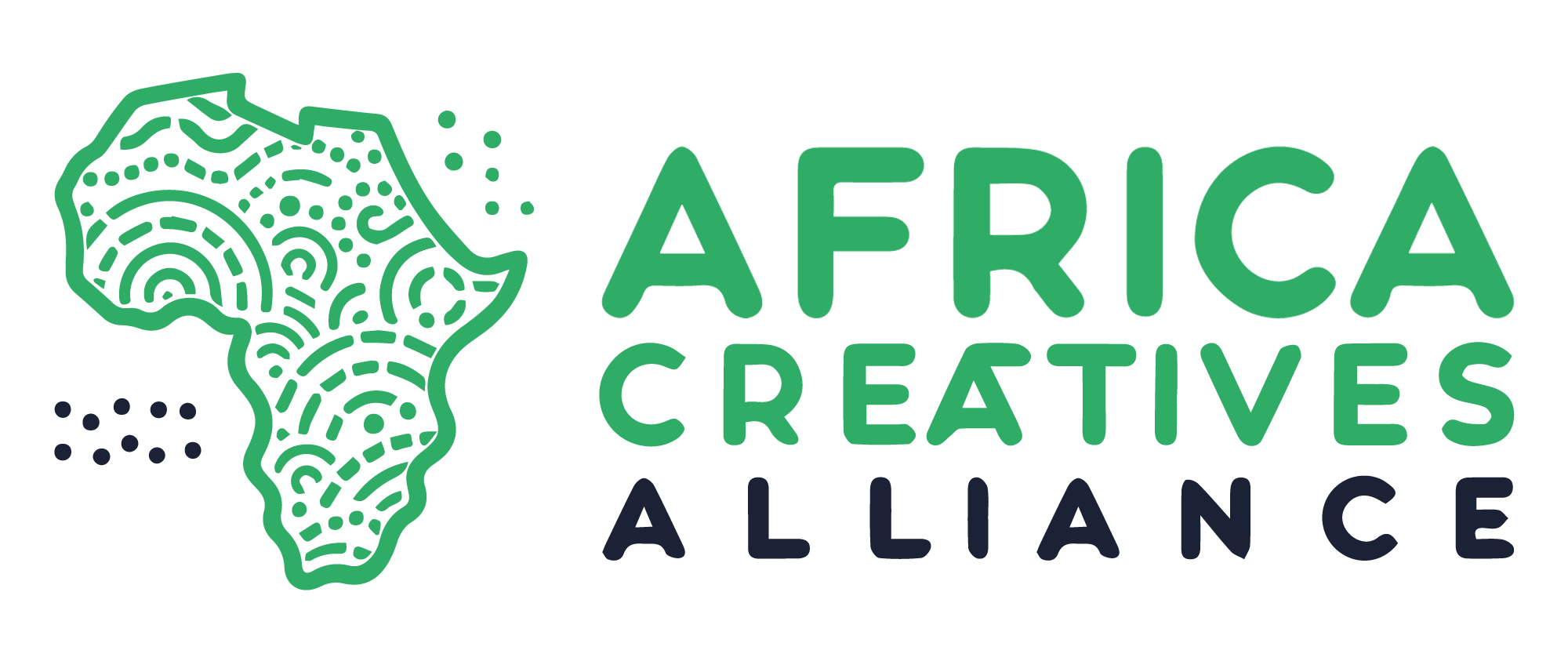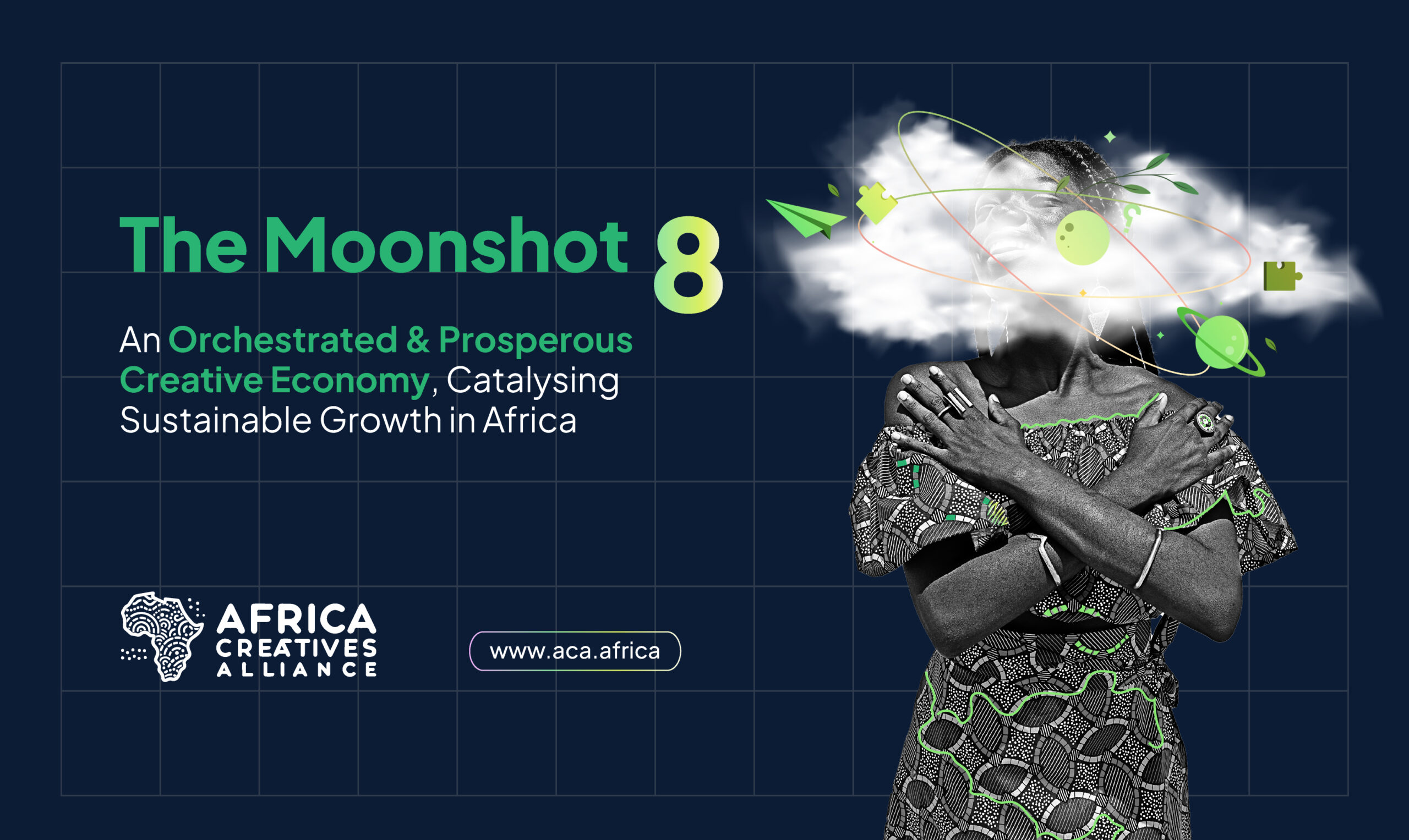Creative economy – a moonshot?
One can ask the question of whether the creative economy is an aspiration, a moonshot, a goal, or all of these. These are concepts that are integral to the Agenda 2063, “The Africa We Want”, and the roadmap for reaching it. Referring to a well-functioning creative economy merely as an aspiration could undermine the focus on practical pathways and methods as solutions to bridge the many challenges. Similarly, if it is set solely as a goal, the approach may lack depth. When we talk about the creative economy as a moonshot, however, it becomes connected to something substantive. By nature, the term “moonshot” acknowledges the complexity involved in creating the transformation and action required, and it embraces the innovative mindsets needed for solving major problems.
What is certain is that the creative economy – the economy that is generated by the culture and creative industries – is a tremendous opportunity for Africa as a continent, especially given its youthful and growing population. By 2050, sub-Saharan Africa is estimated to need 72.6 million new jobs (ILO’s Global Employment Trends for Youth 2024).
Studies show that the creative economy is one of the world’s fastest-growing sectors. (UNCTAD) has tracked trade in creative goods and services for nearly 20 years and has consistently found that the growth rate of creative economy exports outpaces that of other industries.
However, a strong notion of creative economy is absent in many policy contexts across Africa. The continent lags behind the rest of the world in terms of economic generation from the CCIs. Data on African exports, royalty collections, and revenue creation reveal large-scale structural and regulatory challenges that hinder the economic potential of the CCIs. There is no reason why promising CCI projections cannot apply to Africa as well.
So why does the data still look like it does? Deep-rooted sectoral silos from policy to implementation levels are likely one reason. Development contexts in many African countries result in governments largely overlooking the opportunities that the CCIs present in job creation.
Acknowledgement of cultural and CCI values but focus on creative economy cornerstones
The initial ACA study focuses on the economic elements upon which the creative economy lies. It also recognises that so many more deep-rooted reasons make CCIs rightful and central in the development of The Africa We Want 2063. Beyond their intrinsic values, CCIs can have a multifaceted role. At the heart of the creative economy, we find the core culture sectors that represent the cradle for creativity through the creation process. Culture and creative expression are a force of life, and creativity is about the generation of ideas – a compelling prospect for Africa’s young population, even in advancing environmental or social objectives. Cultural assets and heritage, for example, can attract cultural tourism, which creates spillovers on the wider economy. On that note, we can also talk about CCIs driving innovation and technological advancement.
Nevertheless, the elements for economic generation are pivotal. If we cannot ensure a wider ecosystem that treats the industries as a financially viable market for its practitioners and creators, there is no outlook. If we do not treat CCIs as businesses, they will never become businesses.
The study emphasizes raising awareness, structuring and taking action to activate creative economies across Africa, particularly targeting policymakers, governments, regional authorities and frameworks, and international agencies and examines solutions that sometimes emerge within CCIs, though most often they lie in the connections between CCIs and wider ecosystems. It explores how we can work strategically and intersectorally to strengthen the cornerstones of the creative economy. The report proposes a structured and systemic approach to activating creative economies across Africa for sustainable growth, applying a mindset of complementarity in collaboration.
Why a pan-African approach?
Crafted mobilization is essential for advancing awareness and action on the creative economy, particularly at the intersection of youth, culture, creative industries and entrepreneurship. Individually, these policy areas remain fragile, often highlighted in political agendas and public discourse, yet underrepresented in development strategies. In reality, however, youth, culture, creative industries, and entrepreneurship form a powerful combination. This is why it is crucial to explore and strengthen pan-African solutions. Across the continent, numerous strong examples and professionals can influence governments in the right direction. The orchestration of this collaboration is key.
In the study process, important questions have emerged: How can national-level ecosystems be reinforced by pan-African support for the creative economy? What is needed in the pan-African governance of CCIs? A pivotal question has been how to transform Africa’s dispersed capacities to complement one another in co-creation and unleash the full potential of the continent’s CCIs. These questions have also been vital for the Africa Creatives Alliance as it seeks to take a meaningful, active role in this development.
About the Africa Creatives Alliance
The Africa Creatives Alliance (ACA) is built on a Pan-African network of partners and members dedicated to empowering and advancing the creative economy across Africa by connecting, equipping, and supporting cultural and creative industries (CCIs). The activities undertaken with partners and members enhance capabilities for achieving mutual goals. The ACA’s work is structured through four strategic pillars, each reinforcing the goal of establishing a dynamic, well-financed CCI ecosystem that enhances access to capital, scales creative businesses, and fosters long-term sustainability and economic growth.
- Pillar 1 – Ecosystem Building and Convening strengthens Africa’s creative ecosystem by uniting hubs, incubators, accelerators, and maker spaces across Africa, creating partnerships with government, NGOs, academia, development agencies, and private sector entities to drive collaborative, system-level change.
- Pillar 2 – Evidence-Based Advocacy & Policy Influence contributes to CCI-supportive policies by developing a research roadmap, mapping creative industries, establishing a centralized data hub, and advocating for global standards and intellectual property rights.
- Pillar 3 – Education and Capacity Building enhances skills and capabilities in the ecosystem by training hubs, freelancers, financial entities, and governments, supporting business-arts connections, and producing knowledge resources for regional and Pan-African ecosystems.
- Pillar 4 – Infrastructure and Investment Facilitation builds infrastructure and mobilizes investments through targeted strategies to attract funding, innovative financing tools, digital platforms for investor connections, and investments in physical and distribution infrastructure.
Through these pillars, the ACA is forging a resilient, interconnected creative economy that contributes to elevating African creativity on a global stage.
With dedication to Africa’s creative future,
Johanna Kouzmine-Karavaïeff
Author of the ACA Study, Co-founder of Artisans of Innovation
Rita Ngenzi
Founding Director of the Africa Creatives Alliance (ACA)






